New Work, Sept 23 (V7N) - In a significant development, the United Nations General Assembly has officially adopted the “Pact for the Future,” a comprehensive framework designed to tackle the complex challenges of the 21st century. However, the real challenge ahead lies in uniting a deeply divided global community to swiftly implement the pact’s 56 key actions.
Czech President Petr Pavel, speaking at the summit, succinctly noted, “Our work begins at home,” emphasizing that collective action must start with each nation’s internal efforts.
The 193-member General Assembly gave its approval to the 42-page document on Sunday, marking the start of the two-day “Summit of the Future.” This ambitious agreement addresses global crises such as climate change, the advancement of artificial intelligence, rising conflicts, inequality, and poverty, with the ultimate goal of improving the quality of life for the world’s 8 billion inhabitants.
On Monday, leaders from around the globe took the stage, sharing their insights on the pressing issues of today, previewing themes likely to dominate discussions during the General Assembly’s annual meeting set to fully commence on Tuesday.
Global Leaders Express Diverse Views
Indian Prime Minister Narendra Modi highlighted the necessity for global technology regulations that respect national sovereignty and integrity. Meanwhile, China’s Foreign Minister Wang Yi reiterated concerns about the emergence of geopolitical blocs and the imposition of unilateral sanctions by certain nations.
Leaders from Angola, Ecuador, Slovakia, and other nations addressed additional pressing issues such as inequality, youth unemployment, and the proliferation of disinformation.
Russia’s Failed Bid to Amend the Pact:
Up until the final moments, it was uncertain whether the pact would pass. UN Secretary-General António Guterres had prepared multiple speeches for potential outcomes, from approval to rejection. Russia, represented by Deputy Foreign Minister Sergey Vershinin, attempted to introduce amendments that would have weakened the agreement, claiming, “No one is happy with this pact.” However, his motion was overwhelmingly rejected, with 143 countries, including all 54 African nations, voting against it. Only six nations—Russia, Iran, Belarus, North Korea, Nicaragua, Sudan, and Syria—supported Russia’s stance, while 15 countries abstained.
UN General Assembly President Philémon Yang called the vote, with the pact ultimately passing by consensus, prompting applause from the assembly. The rejection of Russia’s proposal, especially by key African nations and Mexico, was seen by many diplomats as a setback for Moscow’s diplomatic ambitions.
Vershinin, still dissatisfied, later denounced several aspects of the pact as “unacceptable,” distancing Russia from the overall consensus.
In a subsequent address, Ukrainian President Volodymyr Zelenskyy sharply criticized Russia and those supporting its proposed amendments, referring to them as “accomplices” in blocking UN reforms.
Secretary-General Guterres Issues a Challenge:
Following the approval of the pact, Guterres expressed relief but issued a clear challenge to world leaders: act quickly. He urged them to prioritize dialogue, end conflicts, reform the UN Security Council, revamp international financial systems, transition from fossil fuels, and include young people in decision-making.
While the pact has received widespread support, some leaders voiced concerns about its limitations. Marshall Islands President Hilda Heine acknowledged the “political limitations” of the document, stressing the gap between ambitious solutions and the financial resources required to implement them.
Ugandan Prime Minister Robinah Nabbanja, representing the Group of 77—an alliance of 134 developing countries—expressed disappointment that the pact does not adequately address the growing disparity between developed and developing nations.
Key Provisions and Challenges Ahead:
The Pact for the Future emphasizes that the world stands at a critical juncture, facing “catastrophic and existential risks” that could lead to prolonged crises. Among the pact’s key provisions is a commitment to reform the 15-member UN Security Council to reflect the realities of today’s world, including the need for permanent representation for African nations and better representation for the Asia-Pacific and Latin American regions.
The pact also marks a significant step forward in nuclear disarmament, with multilateral support for the first time in over a decade. It includes commitments to prevent an arms race in outer space and to regulate lethal autonomous weapons. The Global Digital Compact, a key annex to the pact, establishes a global framework for governing artificial intelligence.
On human rights, the pact commits to dismantling legal, social, and economic barriers for women and girls, particularly in light of rising misogyny and setbacks to reproductive rights in some regions.
While the adoption of the pact represents a major step forward, the ultimate test will be how quickly and effectively world leaders can turn its ambitious goals into real-world action.
END/NYC/SMA/AJ/



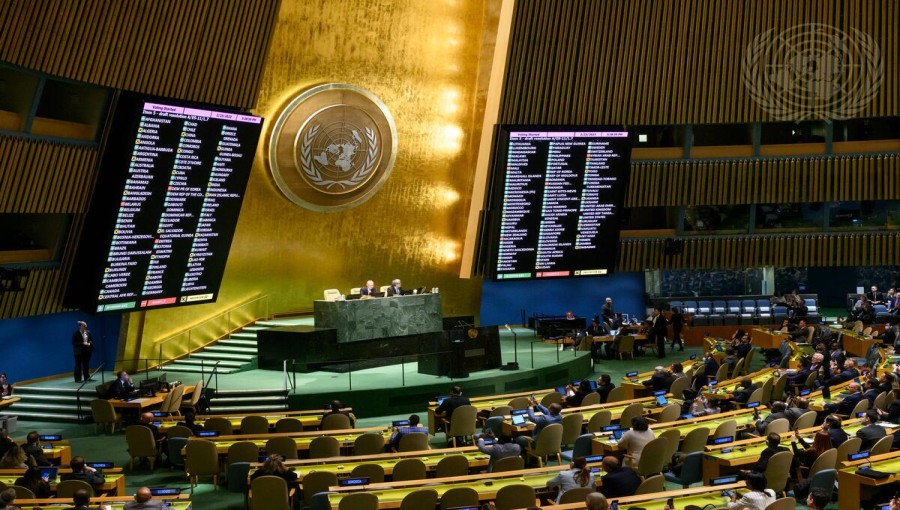




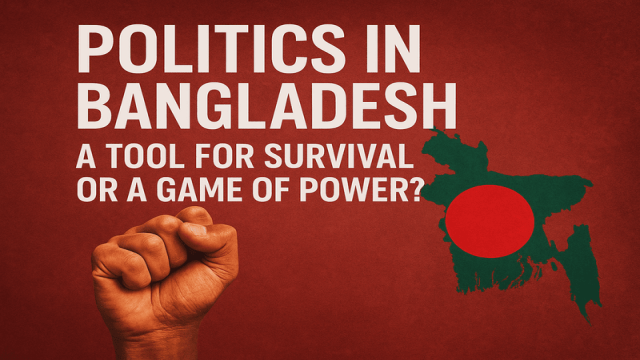
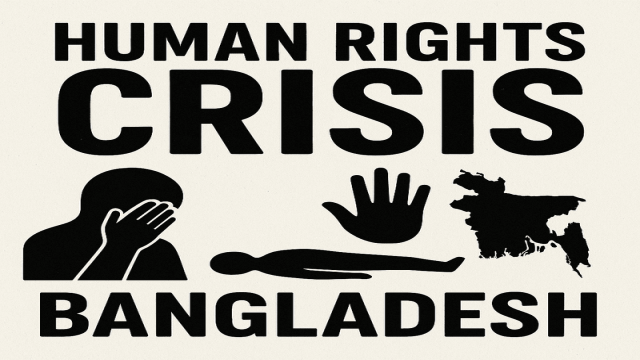

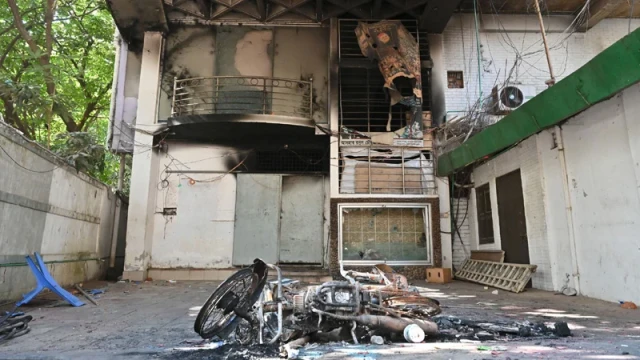

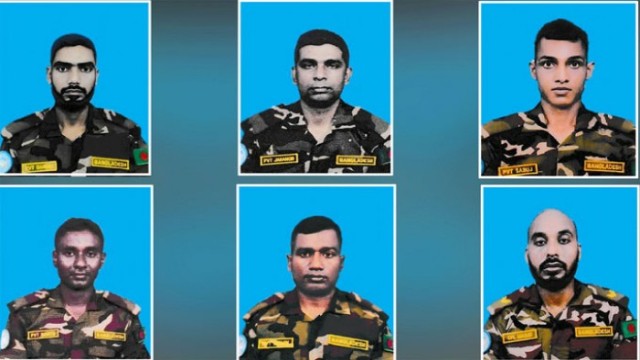

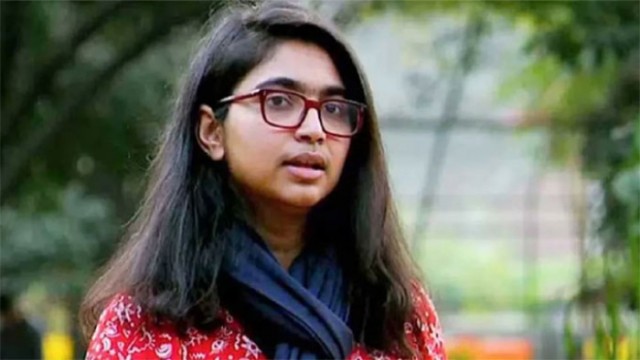
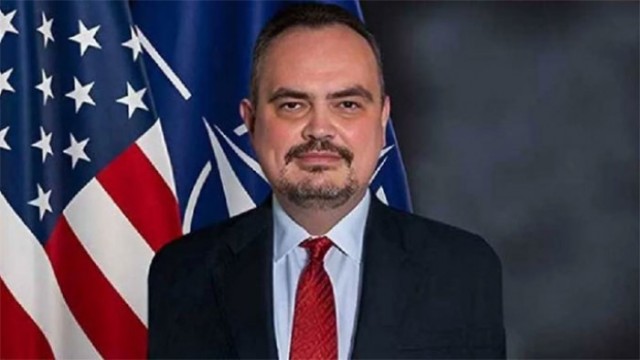

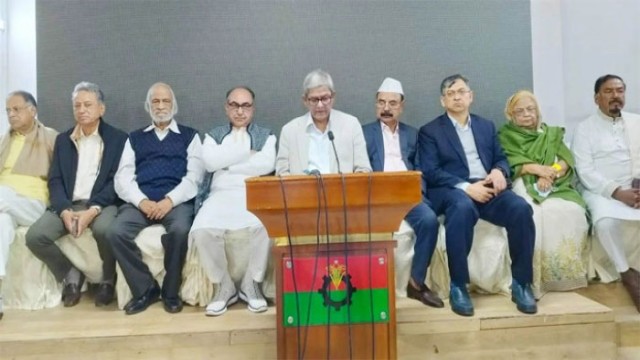
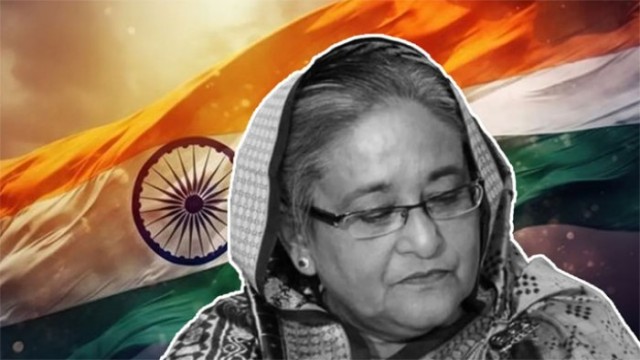

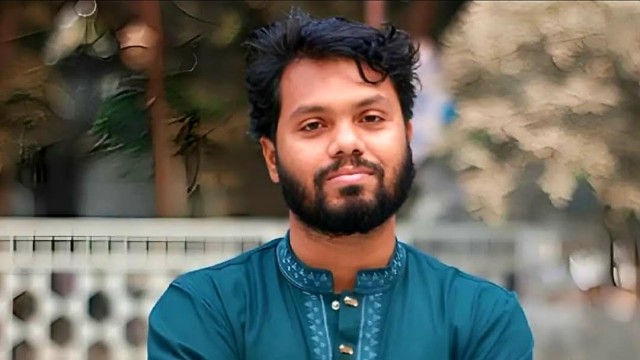

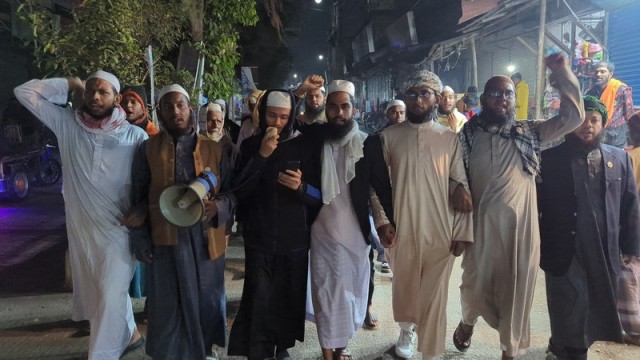
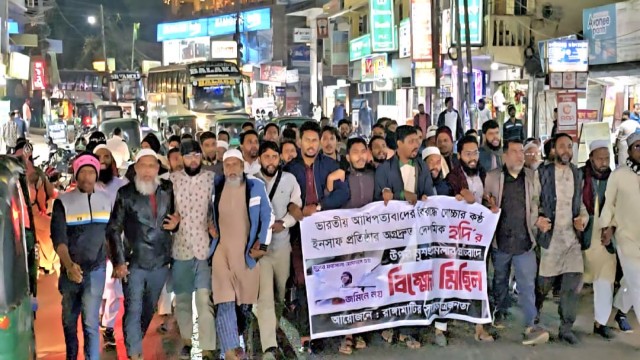

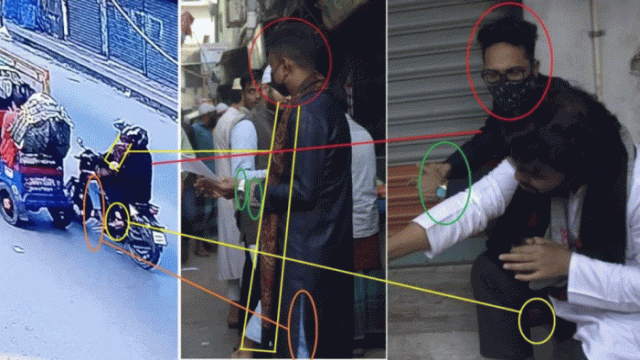
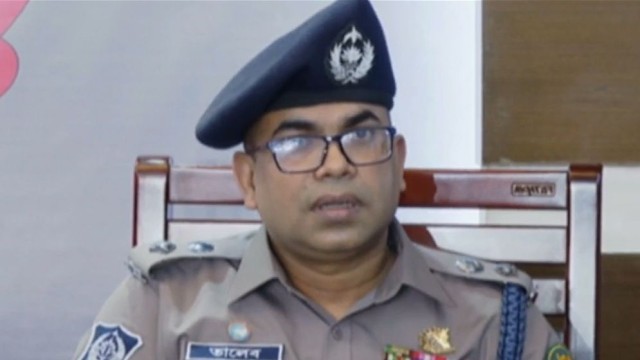
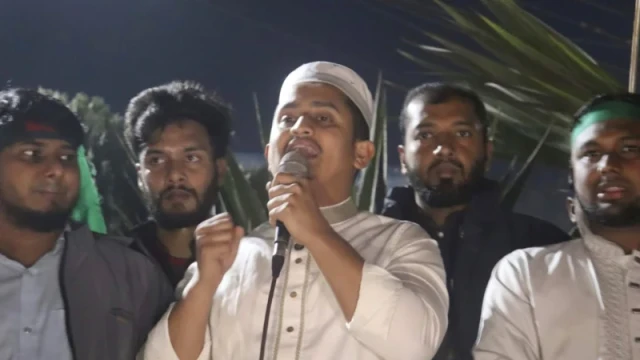
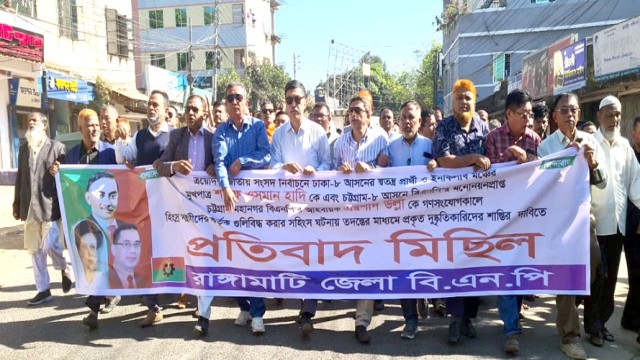
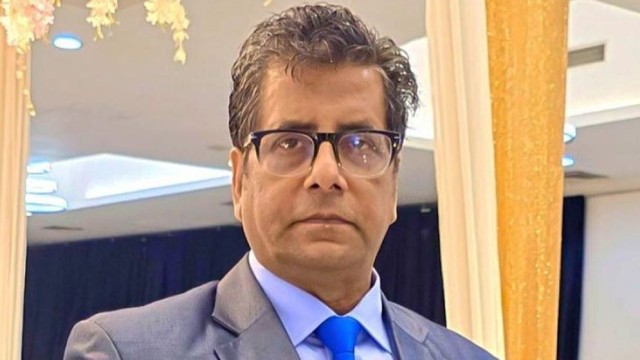
Comment: